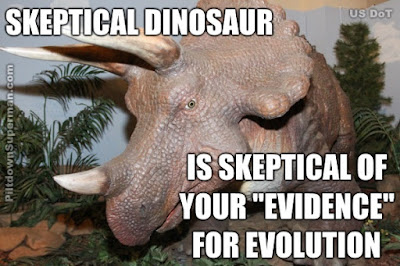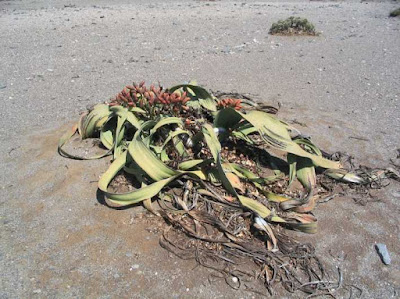Weeds are Surprisingly Important

A plant is considered a weed partly because it came along and asserted itself without so much as a "by your leave", interfering with the plants that are being cultivated for beauty or food. Persistent, resilient, and with a habit of taking over if left unchecked, weeds are actually doing what the Master Engineer intended. Credit: Unsplash / James Lee If you step back and study on it a spell, you'll see that weeds serve a purpose. We prefer it when they serve their purpose somewhere else. They actually anchor the soil so it doesn't all erode away after construction, for one thing. Also, the lowly dandelion is highly nutritious — all of it, so you can cook up some dandelion greens . Some things considered weeds have medicinal value as well. Don't be getting a notion to be eating or medicating with things you don't know, however. Remember the post about how the volcanic island of Surtsey and other newcomers are coming along quite well ? Some of the firs...
















